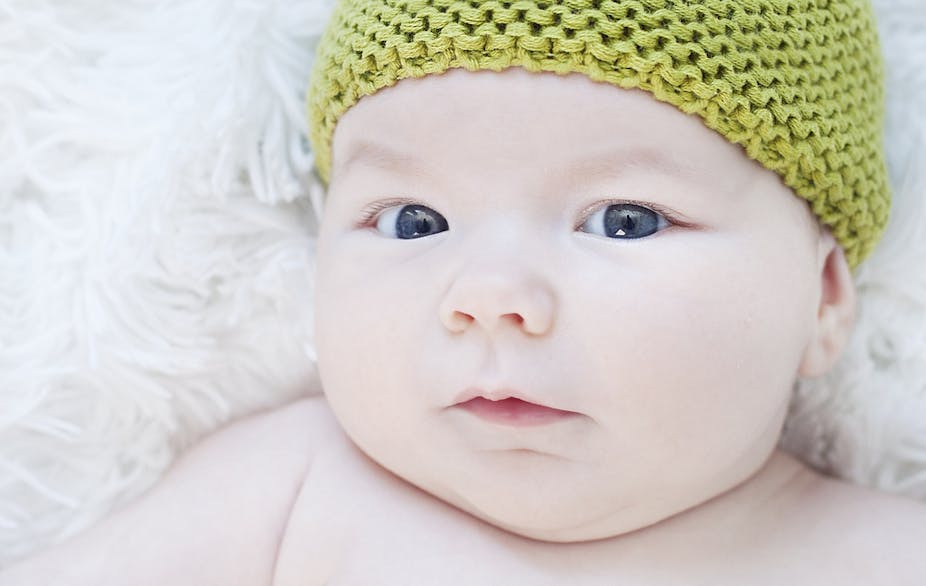The US patent office’s decision to allow US direct-to-consumer genetics company 23andMe to patent a method by which parents can select specific traits for their offspring is ethically controversial, researchers say. But the move shouldn’t cause alarm because it is not yet possible.
The patent, awarded last week, protects the company’s idea to select the eggs and sperm that are most likely to produce the traits chosen by the parents.
Using a computerised comparison tool, parents could choose from a “shopping list” of characteristics such as height, eye colour, muscle development, personality characteristics, and risks of developing certain types of cancer.
In a paper published today in the journal Genetics in Medicine, a team of European researchers said the implications of the patent were not fully considered during the approval process, nor did the patent office question whether this technique was appropriate subject matter for a patent.
While current IVF processes can avoid implanting embryos bearing serious genetic abnormalities, the researchers said, “a computerised process for selecting gamete donors to achieve a baby with a ‘phenotype of interest’ that the prospective parent ‘desires in his/her hypothetical offspring’ as 23andMe puts it, seems to have much broader implications.”
But Australian experts say the patent should not cause concern because the process was not yet possible, nor would current Australian regulations allow it to occur.
“We’re very clear that even sex selection for purposes other than for the avoidance of a disease – a genetic disease – is not able to be done in Australia,” said Jayne Lucke, principal research fellow in health ethics and policy at the University of Queensland.
“Anything that’s not disease-related is not allowed,” she said.
Associate Professor Lucke said granting the patent raised some issues that were worth discussing but was concerned it could confer more credibility on the idea than it deserved.
“When someone hears a patent has been granted, they might think it’s possible, that it’s actually happening and that it’s a good idea,” she said.
While 23andMe said in a blog it had no plans to screen for traits such as eye colour, height and gender, Professor Lucke is sceptical.
“Putting it into a patent application indicates that they think it might be possible in the future and that they might be interested in commercially benefiting from it,” she said.
“That’s implied by filing the patent.”
Professor Loane Skene, director of studies, health and medical law at the University of Melbourne, said that even if the process was available, people would be unlikely to use it for reasons other than to provide better health for their child.
Couples who could conceive naturally would not go through the IVF processes, she said, and those who did go through IVF would only do so for heath reasons.
“It’s very difficult to find egg donors, in particular,” she said. “So if you can find somebody who will donate the eggs and semen, or a spare embryo, you consider yourself lucky.”
Professor Skene said it was not the role of patent authorities to determine whether a patent was ethically acceptable to a community. Rather, it had to determine whether the invention was novel, useful and had been described in a way that other people could reproduce and use.
“Public consultations take a lot of skill and a lot of money and the patent authorities don’t have the resources for that; it’s not their role,” she said.

